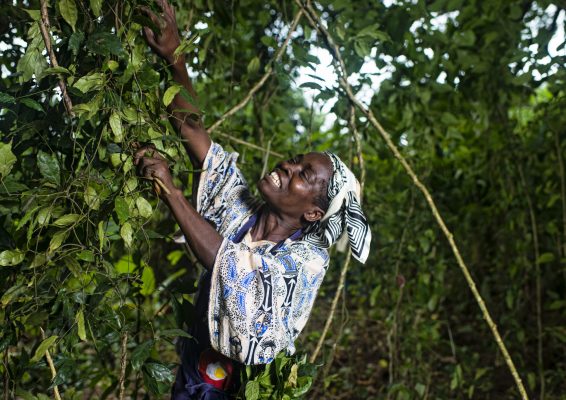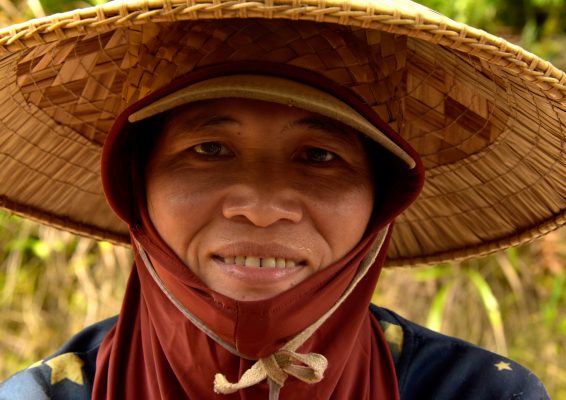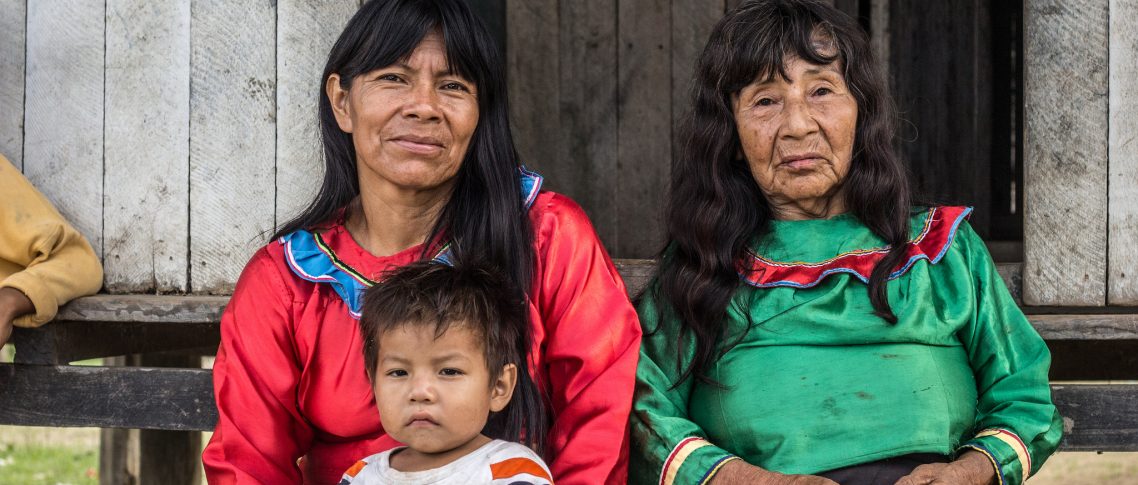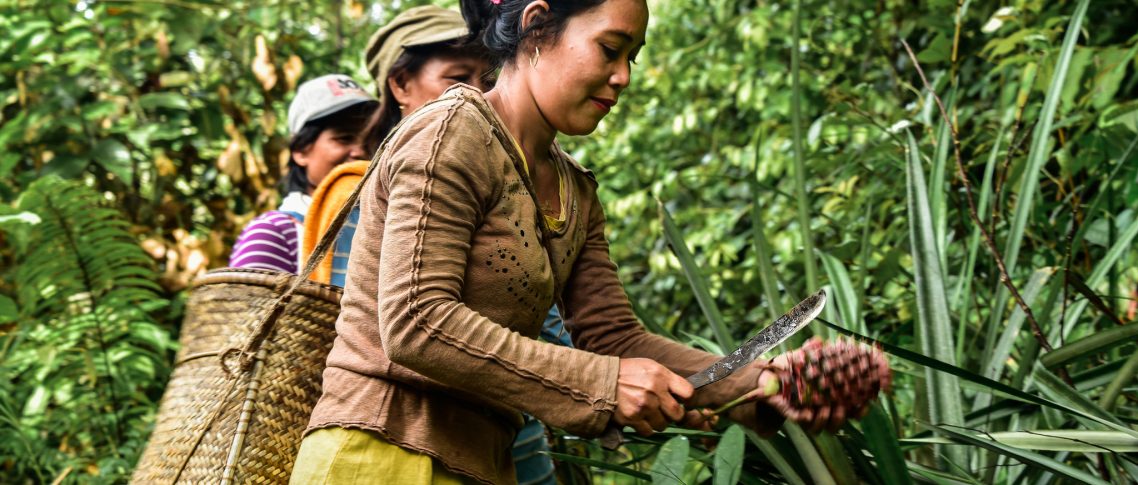For decades, researchers have studied the impacts of gender on the rights of men and women in forestry. Yet as the world acts on climate and development goals, much of this research is only now coming to the surface.
A new online resource from the Center for International Forestry Research (CIFOR) brings together several years of work on this topic in a single location. The web-based collection of Gender integration and gender responsive research at CIFOR contains a treasure trove of publications, news, multimedia resources and more for anyone interested in the field of gender and forestry.
The online collection follows the publication last year of the long-awaited Earthscan Reader on Gender and Forests, an anthology of essential reading on the theory, analysis, methodology, case studies and debates of the field over the past 30 years, compiled by CIFOR researchers and partners.
The book was launched on the sidelines of the 125th Anniversary Congress of the International Union of Forest Research Organizations (IUFRO), and was further promoted to forestry students and lecturers in Indonesia with an event at CIFOR’s headquarters late last year.
“A lot of work has been done on gender and forests, but there is no compilation that really takes a historical view on where we’ve been and how thinking in this area has developed,” says Bimbika Sijapati Basnett, a co-editor of the book and initiator of the online resource.
Carol Colfer, the book’s lead editor and a senior associate with CIFOR, says the new online resource presents an opportunity to bring the latest research to a broader audience.
“When we were trying very hard to ‘mainstream’ gender, we did a lot of things, but they never got the attention that they deserved,” she says. “I believe that this combination of mainstreaming and highlighting gender – as is being done now – is a much more effective strategy.”
View the full site here.
A DIGITAL GOLDMINE
For students, researchers, policymakers and others interested in the field of gender and forestry, the new online collection of CIFOR’s gender research presents something of a digital goldmine.
Aside from the latest research findings presented in journal articles and books, it provides access to practical field manuals and info briefs, as well as presentations from international conferences, and links to global reports.
There’s plenty to browse for general readers, too, from the rich collection of photographs and videos to informative factsheets, and news reports in science blogs and mainstream media.



FOR THE NEXT GENERATION
At CIFOR’s headquarters late last year, students from the forestry departments at two major Indonesian universities – Gadjah Mada University (UGM) and the Bogor Agricultural Institute (IPB) – were introduced to the major works compiled in the Earthscan Reader, in discussion with the book’s contributors and other experts.
For many of the students, it was their first introduction to the intersections between gender studies and forestry.
“I used to think that forestry was mostly a male field. Today’s discussion opened my perspective to how women also have a role in forestry,” said Angga Pratama Putra, Vice President of the IPB branch of the International Forestry Students’ Association (IFSA).
“When we graduate, I hope that we can encourage our seniors in the field of forestry, who maybe don’t really understand about gender equality, to open their minds and give women the same opportunities as men,” he added.
Athiyyah Faadhiah, President of IFSA’s UGM branch, said she learned a lot from the discussions: “It’s like we’ve turned a new page, from knowing little about gender and forestry at the start of the discussion, to now understanding why it’s important.”
She added that IFSA at UGM would be joining forces this year with students from the social and political science faculty to hold workshops on gender and climate change.
Melani, a lecturer in human ecology at IPB, said it was much easier to convey ideas about gender to students from the basis of a subject they already understand.
“If you start with a topic they already know, like forestry, and then you put the gender issues in there, you don’t have to start with definitions,” she says. “Because they already relate to that subject, you can introduce something so that they see it in a different light.”
“Then when you introduce more about feminism or gender theory — which in most cases they may hold preconceptions about, and most likely negative ones — it’s much easier for them to change their perspective and accept it,” she added.

We want you to share Forests News content, which is licensed under Creative Commons Attribution-NonCommercial-ShareAlike 4.0 International (CC BY-NC-SA 4.0). This means you are free to redistribute our material for non-commercial purposes. All we ask is that you give Forests News appropriate credit and link to the original Forests News content, indicate if changes were made, and distribute your contributions under the same Creative Commons license. You must notify Forests News if you repost, reprint or reuse our materials by contacting forestsnews@cifor-icraf.org.